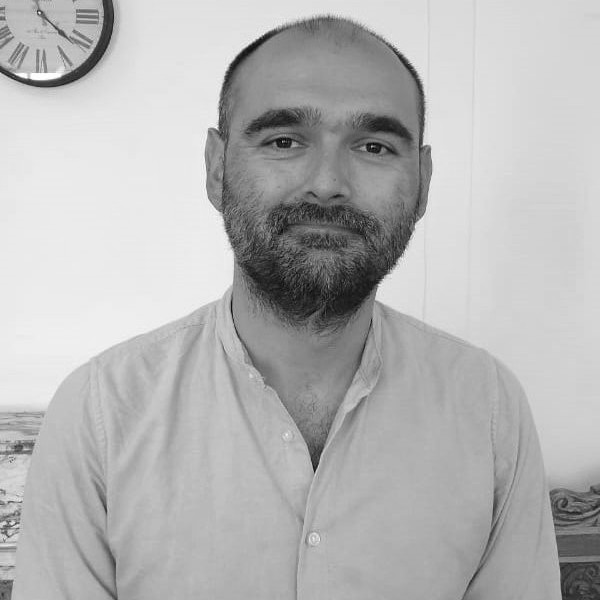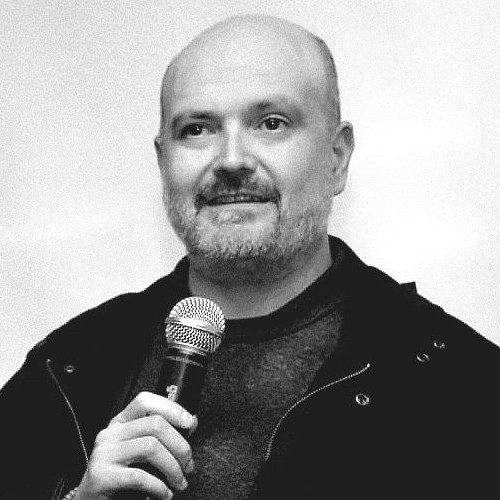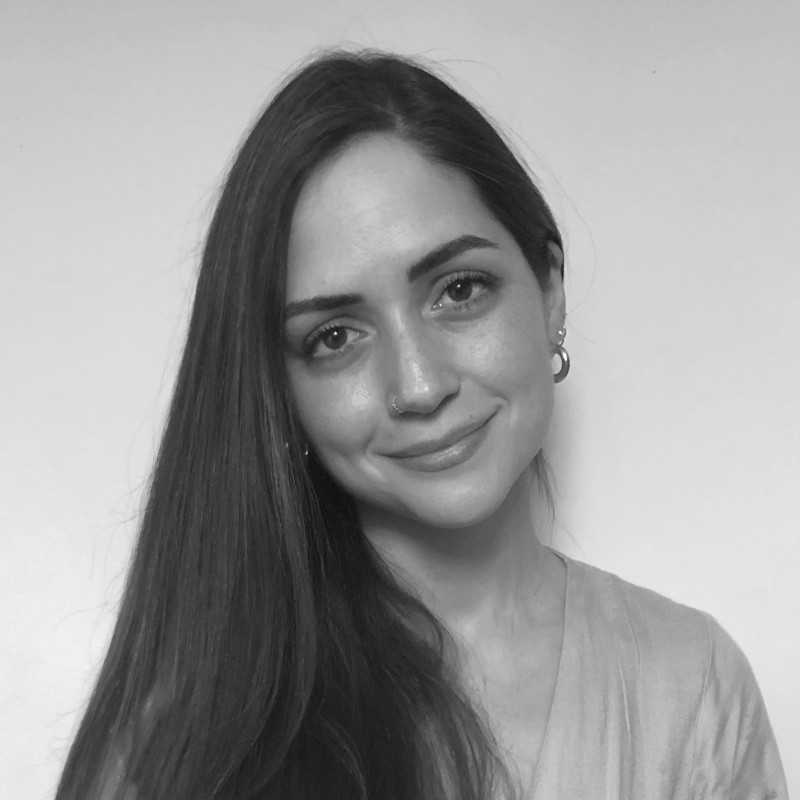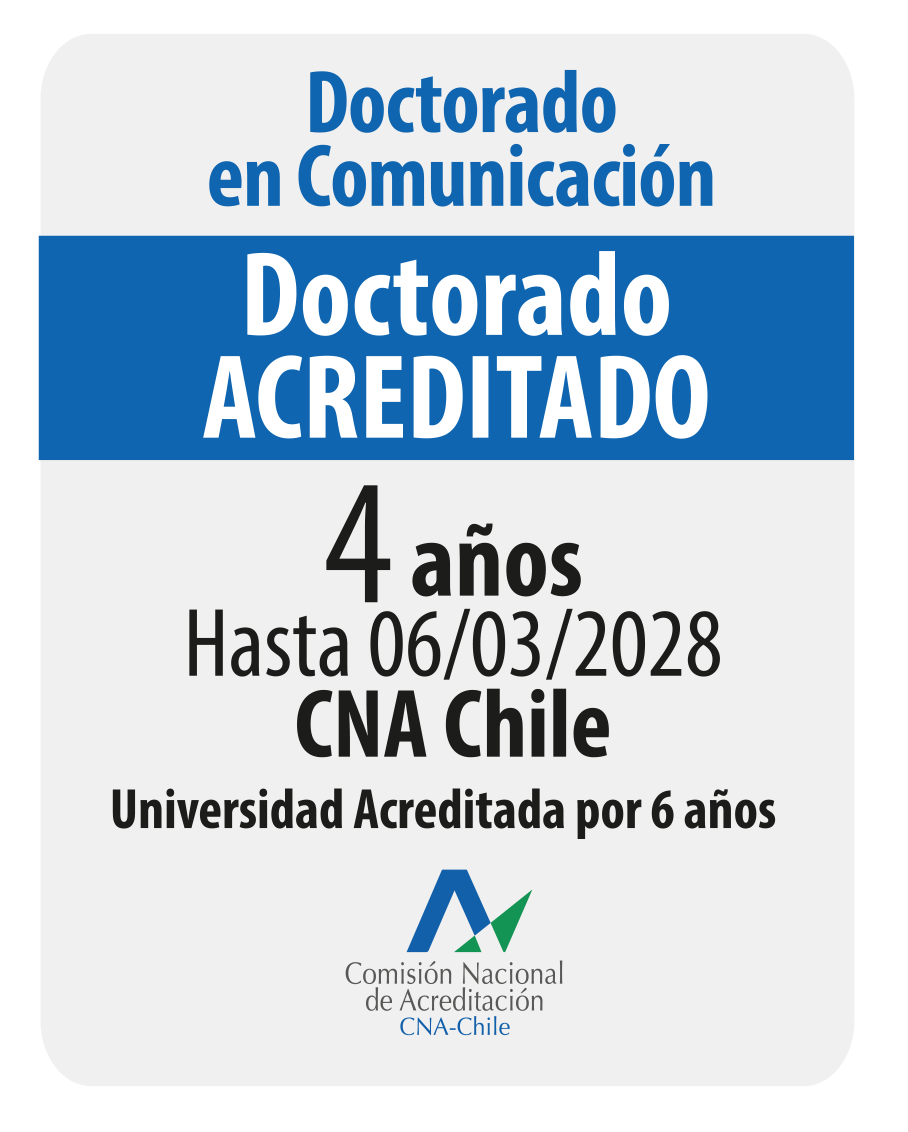Communication as a field of study
“communication is understood not according to its disciplinary definition, but rather through its capacity and potential for convergence among diverse disciplines. Moreover, in this sense, communication is not conceived of merely as a disciplinary dialogue, but as a space of direct interlocution among disciplines, that is to say, a space in which multidisciplinary dialogue is continuously carried out. This vision of communication as a field implies a position and, simultaneously, a vocation to establish alliances in the search for answers to sociocultural issues, considering distinct approaches, theories, methods, and techniques to this end”
The Doctorate in Communication of the Universidad de la Frontera (UFRO) and the Universidad Austral de Chile (UACh) conceives of communication as an ample and open field of study rather than a discipline, in a manner that “gathers all the experience of research in communication, from a situated and historical perspective, collecting the different modes, levels, and forms that encompass a wide spectrum of objectives and problems, amounting to the study of nature as well as culture” (Martín Serrano, 2007); as research on the connections between communication practices and social movements, based in distinct temporalities and cultural matrices (Martín-Barbero, 1991); study of the organization, functioning, and interactions of the system of social communication media and information as commodity (Quirós, 1991); study of news media as frameworks and the ways in which informative work and informants are organized (Tuchman, 1983); analysis of the interpretation of reality as an assemblage of news items (Gomis, 1991); discursive approaches to the study of media, where “discourse analysis is an interdisciplinary discipline” (van Dijk, 1990: 14); semiotic and sociosemiotic study of the construction of journalistic discourse, from its production to its circulation and consumption (Rodrigo-Alsina, 1993); research on how new technology alters daily life in society (Silverstone & Hirsch, 1996); quantitative research on the production, transmission, function, and effects of communicational messages (Igartua, 2006); studies on communication [and] politics (MacBride, 1980; McNair, 2011) and studies on the political economy of communication (Smythe, 1981; Torres, 1985; Zallo, 1988; Mosco, 1996; Sierra, 1999; Bolaño, 2000); studies of implied communication in the practices of individuals and groups with diverse characteristics and purposes, linked to processes such as participation, social change, and development. And the above is addressed, in the main, following two approaches: one centered on theories of modernization (Rogers, 1962), and the other centered on theories of dependence, with an emphasis on social mobilization and social struggles (Mattelart, 1971; Kaplún, 1990; Alfaro, 2000; Rodríguez, 2001; Calvelo, 2003; Gumucio, 2011). In this sense, we understand that in the relations between communication and culture, “the culture of our time is inconceivable without communication, just as communication is without culture, because communication is not a mere relational device but rather a communicated content” (Zallo, 2007: 220)” (del Valle & Browne, 2020: 247).
From another perspective, we can observe communication at different levels, such as (a) the level of public communication, understood as all “information that is produced, distributed, and utilized in an institutionalized manner” (Martín-Serrano, 1989: 79); (b) the level of communication as a culture industry within society (Martín-Barbero, 2014: 31); (c) the levels of propaganda and the influence of communications media and social networks (Lasswell, 1936; Lazarsfeld, Berelson, & Gaudet, 1944; Hovland, 1950; Katz & Lazarsfeld, 1955; Klapper, 1960; McCombs, 2012 & 2004); (d) the level of relations among communication, economy, and politics, at an inter-American scale (Schiller, 1969; Torres, 1985; Zallo, 1988; Mosco, 1996; Murdock & Mosco, 1997; Sierra, 1999; Bolaño, 2000; McNair, 2011); (e) the level of relations among communication, participation, development, and social change (Rogers, 1962; Pasquali, 2007; Mattelart, 2002; Beltrán, 2006), etc.
In this sense, the doctoral program is “oriented toward identifying new problems and developing research in the field of communication from an interdisciplinary perspective, in order to contribute to the understanding of issues associated with distinct contexts, both at local and regional and national and international levels […] in such a way that the field acts as a site of convergence of distinct disciplines, with culture as a referential framework” (del Valle & Browne, 2020: 244).
In essence, “if we understand communication as a dialogic-dialectic field (Craig, 1999), centered on ‘the analysis of the modes of social construction of meanings’ (Saintout & Varela, 2014: 110), or as a transdiscipline (Vidales, 2017), but not as a discipline–field is not synonymous with discipline–we thus orient our interest toward the intersection, the convergence, the multiplicity of visions and approaches; in other words, the space where communication ‘is not all, but must be spoken of from all corners’(Schmucler, 1984: 4)” (del Valle & Browne, 2020: 247).










 ENGLISH VERSION
ENGLISH VERSION


